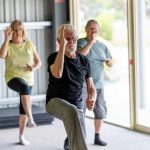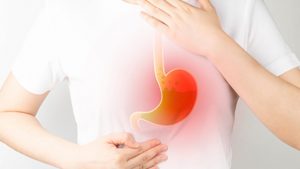
Bodybuilders are largely unaware that the protein supplements they use to bulk up might harm their fertility, a new study shows. Four out of five male gym enthusiasts (79%) said they use protein supplements as part of their fitness plan, the poll found. But only 14% had considered how those supplements — which contain high levels of the female hormone estrogen — might impact their fertility, researchers found. “Too much female hormone can cause problems with the amount and quality of sperm that a man can produce,” explained lead researcher Meurig Gallagher, an assistant professor studying infertility at the University of Birmingham in the U.K. Men taking these protein supplements also might be unintentionally dosing themselves with steroids, Gallagher added. “Many protein supplements that can be bought have been found to be contaminated by anabolic steroids, which can cause reduced sperm count, shrunken testicles and erectile dysfunction, amongst other things,” Gallagher said. For this study, Gallagher and his colleagues surveyed 152 avid gym-goers. They found that more than half (52%) of male participants had thought about their fertility prior to being asked. “We found that men are genuinely curious about their fertility when prompted, but that they don’t think about it on their own – likely because societally people still think of fertility as a ‘female issue’ and [incorrectly] believe that men’s fertility doesn’t change… read on > read on >






































